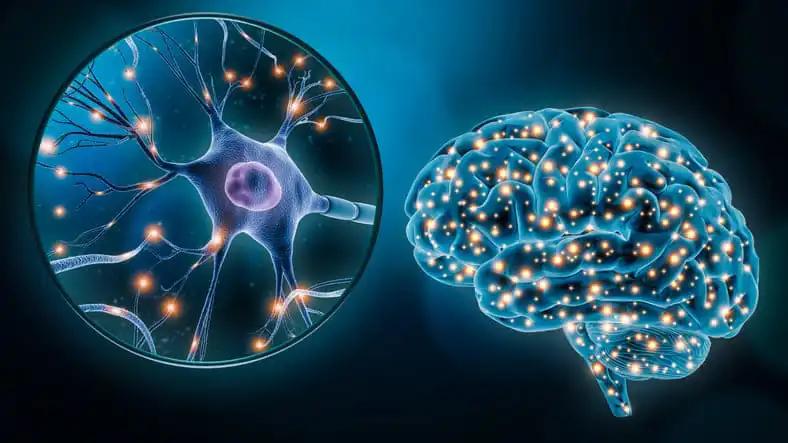KEY TAKEAWAYS
- The phase 2, DARIA study aimed to evaluate the efficacy and safety of the combination of Dara, Ixa, and dex as second-line therapy in patients with RRMM.
- Adult patients with RRMM were enrolled after one prior line with a len-based regimen and a Karnofsky Performance Status (KPS) score of 70.
- The ORR was 64%, with a median time of 1 month for the first response (partial response).
- About 50 patients participated in the study, with a median age of 69. Most patients had a KPS score 90 and were in stage II according to the International Staging System or the revised ISS.
- Second-line treatment combined with Dara, Ixa, and dex resulted in rapid responses and an ORR of 64% in patients with RRMM previously treated with a len-based regimen.
Daratumumab (Dara), administered alone or in combination with other agents, and ixazomib (Ixa), in combination with lenalidomide (Len) and dexamethasone (dex), have demonstrated antitumor activity with acceptable safety in patients with relapsed/refractory multiple myeloma (RRMM). To present the final results of the DARIA study evaluating the efficacy/safety of the Dara-Ixa-dex combination as second-line therapy in patients previously treated with a len-based regimen for RRMM. DARIA was a prospective, open-label, multicenter, phase 2 study that enrolled adult patients with RRMM after one prior line with a len-based regimen and a Karnofsky Performance Status (KPS) score of 70. Patients received the following medications during the induction phase (nine 28-day cycles): Dara 16mg/kg (weekly for cycles 1–2, bi-weekly for cycles 3–6, and every 4 weeks [Q4W] after that) given IV until November 2020 and SC at a fixed dose of 1,800 mg thereafter; oral Ixa 4mg (days 1, 8, and 15 of each cycle); and oral dex 40mg (weekly, each cycle).
Patients received Dara Q4W and Ixaon on the same schedule during maintenance until disease progression or unacceptable toxicity. The principal outcome measure was the overall response rate. Other endpoints included overall survival (OS), progression-free survival (PFS), safety, and the effects of the Dara-Ixa-dex combination on serum markers of bone metabolism (C-terminal telopeptide of type 1 collagen [CTX], tartrate-resistant acid phosphatase isoform 5b [TRACP-5b], bone-specific alkaline phosphatase [bALP], and osteocalcin [OC]). The Kaplan–Meier method was applied to assess PFS and OS. The significance level was set at a=5%. Included were 50 pts (median [range] age: 69 [50–89] years; percentage of males: 28 [56%]). At screening, 38 patients (76%) had a KPS score of 90, and the majority were in stage II according to the International Staging System (ISS; 42, 84%) or the revised ISS (47, 94%). About 32 patients (64%) were len-refractory, and 17 patients (34%) had prior ASCT. At the end of the study, 13 (26%) patients were still receiving treatment, while 37 (74%) had discontinued (disease progression, 29 (58%); fatal significant adverse event, 3 (6%); physician decision, 3 (6%); adverse event, 2 (4%)). The mean (range) number of treatment cycles in a study was nine (1–38). ORR was 64% (32 points; 1 point for a complete response; 16 points for a perfect partial response; 15 points for a partial response).
The median (range) time between the initial dose of Dara-Ixadex and the first response (PR) was 1 (1–18)months. The median (95% CI) OS and PFS at a median (range) follow-up of 22 (1–40) months were 29 (17–not reached) and 8 (5–16) months, respectively. Changes in TRACP-5b and bALP from baseline to 12 and 15 months were significant (P<0.05), as were changes in OC at 3, 12, and 15 months. In total, 21 (42%) points had 1 AE of grade 3. The most common grade 3-4AE (9 patients, 18%) was thrombocytopenia; four fatal SAEs (pneumonia, infection, urinary tract infection, and lower respiratory tract infection) were reported. ABout 14 (28%) patients had 1 SAE, with acute kidney injury and pneumonia being the most common (2 patients [4%] each). In patients with RRMM who were pre-treated with a len-based regimen, second-line treatment with Dara-Ixa-dex resulted in rapid (1-month) responses to PR with an ORR of 64%. Less than 50% of points experienced grade 3AEs. Overall, CTX, TRACP-5b, bALP, and OC levels increased significantly from baseline to 15 months, with the respective trend evident as early as three months, suggesting an improvement in osteolytic bone disease and normalization of bone remodeling.
Source: https://library.ehaweb.org/eha/2023/eha2023-congress/386730/evangelos.terpos.daratumumab.ixazomib.and.dexamethasone.in.patients.with.html?f=menu%3D16%2Abrowseby%3D8%2Asortby%3D2%2Ace_id%3D2489%2Aot_id%3D27922%2Atrend%3D4016%2Amarker%3D4178
Clinical Trial: https://www.clinicaltrials.gov/study/NCT03746652
Evangelos Terpos, Maria Gavriatopoulou, Eirini Katodritou, Evdoxia Hatjiharissi, Ioanna Dialoupi, Evgenia Verrou, Kyriaki Manousou, Stavros Gkolfinopoulos, Magdalini Migkou, Sosana Delimpasi, Argiris Symeonidis, Efstathios Kastritis, Meletios A. Dimopoulos/DARATUMUMAB, IXAZOMIB AND DEXAMETHASONE IN PATIENTS WITH RELAPSED/REFRACTORY MULTIPLE MYELOMA PRE-TREATED WITH A LENALIDOMIDE-BASED REGIMEN: FINAL OUTCOMES OF THE PHASE 2 DARIA STUDY/ Inc, M. G. (n.d.). DARATUMUMAB, IXAZOMIB, AND DEXAMETHASONE IN PATIENTS WITH… by Prof. Evangelos Terpos. Library.ehaweb.org. Retrieved July 14, 2023, from https://library.ehaweb.org/eha/2023/eha2023-congress/386730/evangelos.terpos.daratumumab.ixazomib.and.dexamethasone.in.patients.with.html?f=menu%3D16%2Abrowseby%3D8%2Asortby%3D2%2Ace_id%3D2489%2Aot_id%3D27922%2Atrend%3D4016%2Amarker%3D4178



